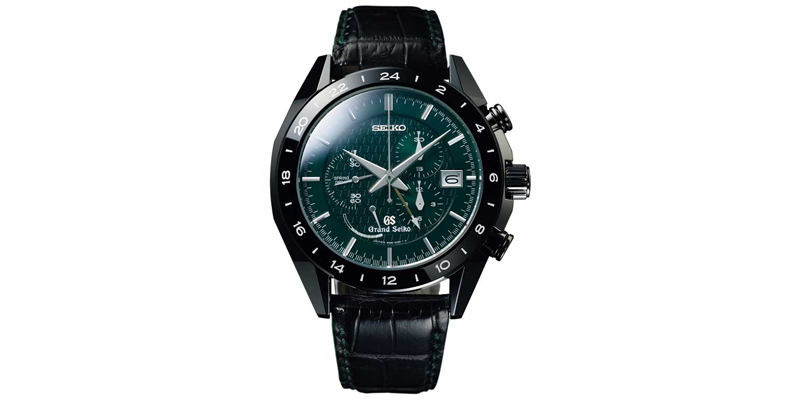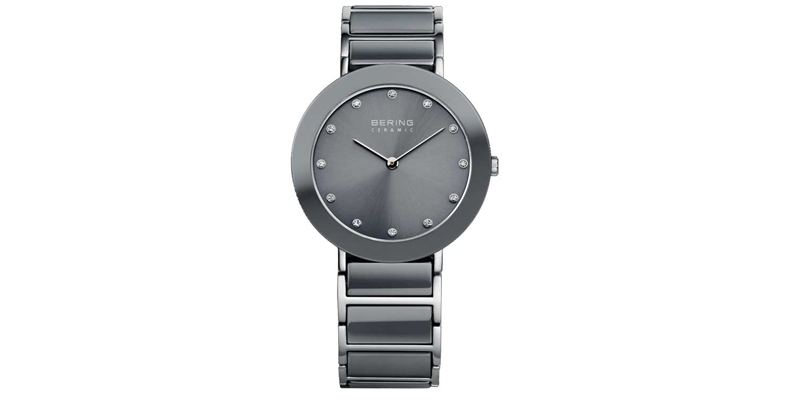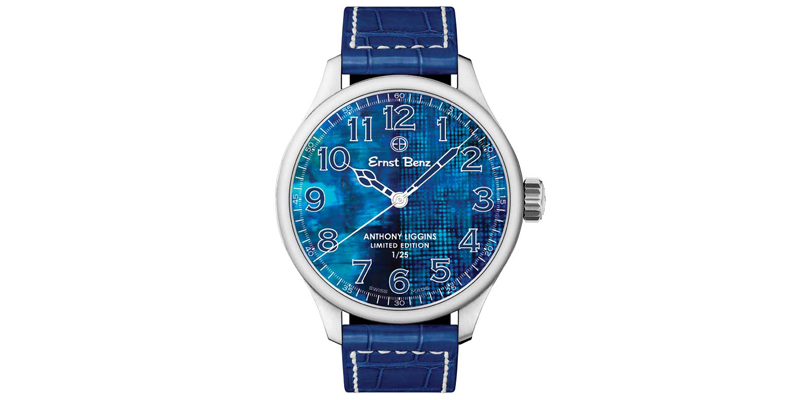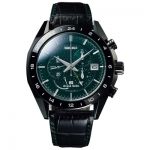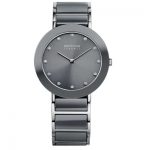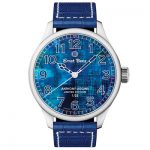Paul Kwong, president of watch distributor Universal Time Corp., in Markham, Ont., says smartwatches for the most part still have a way to go in marrying design and convenience. “Most smartwatches on the market right now aren’t very attractive; they bring a lot of functions to your wrist, but there’s no real detail or design to them,” he said. “If you can come up with something that has traditional features and good design, along with good functionality, there will be a bigger market for [luxury] smartwatches.”
Ryan Gonçalves, president of Time Central in Markham, Ont., says tougher times in the watch business call for diversifying channels of distribution among consumers. A line that could be sold in not only a jewellery store, but say, a sporting goods chain, can offer more points of sale and may attract a sports enthusiast to a jeweller’s counter.
“A more sports-oriented watch line won’t likely compete with anything else jewellers might have in their store, which is difficult to do these days,” he says.
Despite the challenges currently facing the watch sector, DeVuono says his impression is retailers have become disenchanted with the bigger watch groups due to over-distribution. Instead, they are looking for alternatives to capture consumers’ attention.
“Retailers don’t get to make the same margins because over-distribution promotes discounting,” he explained. “They also don’t want to compete with three other people in the mall. They would rather have some sort of exclusivity. They can’t differentiate themselves if there is a sea of sameness happening.
“The first thing you notice is how many brands are being offered in Canada compared to 20 years ago. The Internet has played a part in shrinking the global community. Since everything is available, it creates more choices for the consumer. In the past, retailers carried two or three luxury brands, now they’re carrying eight to 10. Watch brands that used to be incredibly exclusive are being carried in many more stores or they’re in 20 to 30 locations instead of just five. I think that’s happened because when you’re down 30 per cent in your biggest market, namely China, you have to find business somewhere else in the world.”


